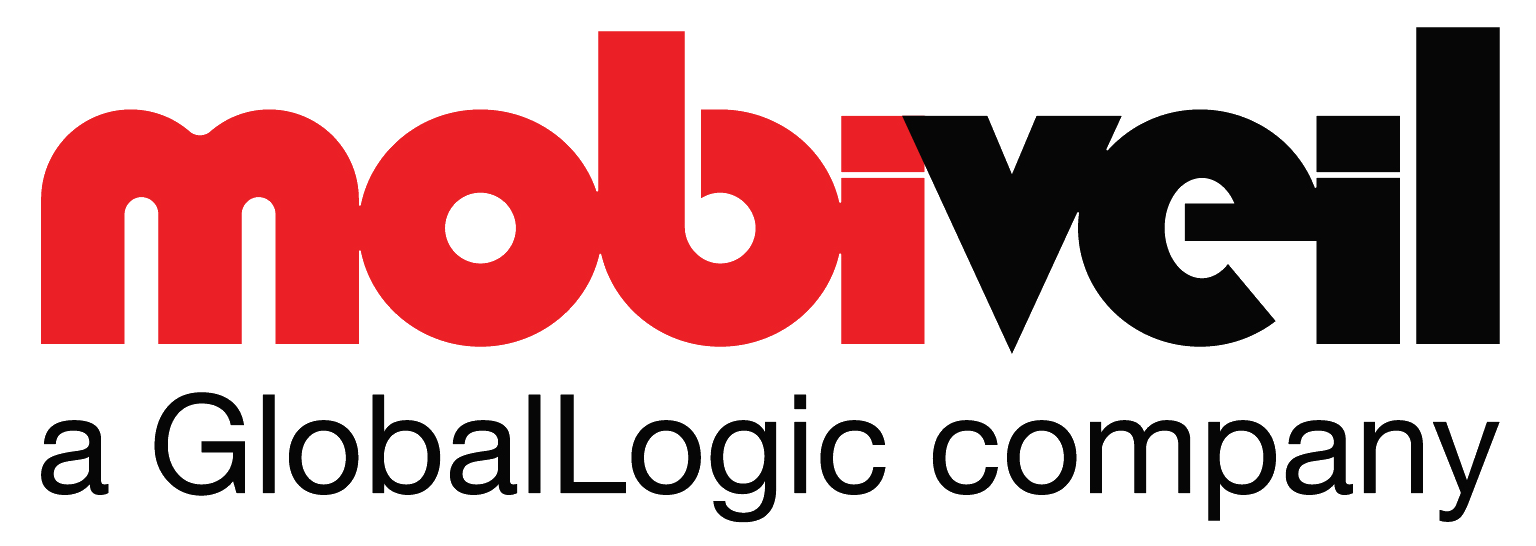What do all the latest M&A events in the chip industry mean to semiconductor IP companies?
The semiconductor industry has undergone a number of large acquisitions this year that indicates a forward direction for the industry. Each of the past several months saw technology company acquisitions.
One explanation is that the industry is maturing and companies are achieving larger and broader scale to better compete in an increasingly cost-competitive world.
Let’s examine some of these deals to see if this explanation holds value and what do these events mean to semiconductor IP companies.
In May, Broadcom purchased MagnaCom, Ltd. of Petah Tikva, Israel, an IP company with patented modulation technology called WAve Modulation (WAM), an alternative to QAM (quadrature amplitude modulation).
According to news reports, WAM will provide Broadcom a competitive offering in the emerging 5G wireless communications market.
This is substantiated by a recent Price Water house Cooper study entitled “Evolving landscape of technology deals: Semiconductor Industry Device deal trends.” It cites the reason for the Avago purchase of Broadcom was to access to new markets/customers and close gaps in their technology/portfolio. The MagnaCom acquisition appears to continue this trend.
The other semiconductor mergers and acquisitions follow this same rationale.
In May, MaxLinear, Inc. acquired the wireless access assets from Microsemi Corp. to enable the former to better compete in the wireless base station transceiver market worth approximately $500 million in 2015.
A month earlier, Qorvo, Inc. acquired IoT Solution Provider GreenPeak Technologies, to expand its customer offering to include highly integrated RF solutions and systems-on-a-chip (SoCs) for the connected home and the rapidly growing Internet of Things (IoT).
Two weeks earlier that month, GigOptix, Inc. acquired privately held Magnum Semiconductor, Inc., a provider of silicon ICs, system on chips (SoCs), software, and IP for the professional video broadcast and Internet of Things (IoT) camera markets.
Finally, in June, Rambus Inc. announced its intent to acquire the assets of Snowbush IP, a provider of silicon-proven, high-performance serial link solutions, from Semtech Corp. for $32.5 million, to bolster Rambus’ SerDes business and accelerate its product position. The company also announced it was acquiring the Memory Interconnect Business from Inphi Corp.
And about the same time, Silvaco, Inc. acquired IPextreme. Silvaco’s business model is to enable large semiconductor companies and small to midsize IP development companies to monetize their captive IP assets by making it available to the global semiconductor market.
All of the acquisitions except the Silvaco purchase enabled the acquiring company to expand their product portfolio and their market reach.
The Silvaco deal is the one exception in that its objective is to allow companies with large IP portfolios to take a fixed non-revenue generating asset and turn it into income.
There is a cost of offering IP into the market and that cost is the overhead of providing support for the IP once the customer licenses it and begins to incorporate it into an SOC design.
The challenges of dropping an RTL design in to an SOC is order of magnitude more complex than dropping a packaged IC in to a board design. Thus companies without significant support and services capabilities will not be able to grow their IP licensing business.
A typical SoC these days comprise of several IP blocks – Licensing these from multiple vendors, integrating and verifying poses a big challenge.
This necessitates the need for subsystem IP platforms that integrates several IP blocks that ease SOC integration.
These subsystem IPs comprise RTL IPs inside an FPGA hardware and Device driver software based on ARM CPU, for example.
Now coming back to the topic of mergers, I believe that the latest trends augurs well for semiconductor IP companies that develop application specific platforms.
Soon they could be the target of future acquisition by semiconductor companies as there are fewer small semiconductor companies around.
The merger mania in semiconductor will then extend to the semiconductor IP companies and 2016 has already shown the signs of this future trend.
– Ravi Thummarukudy, CEO Mobiveil Inc.
